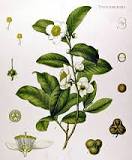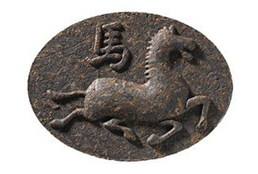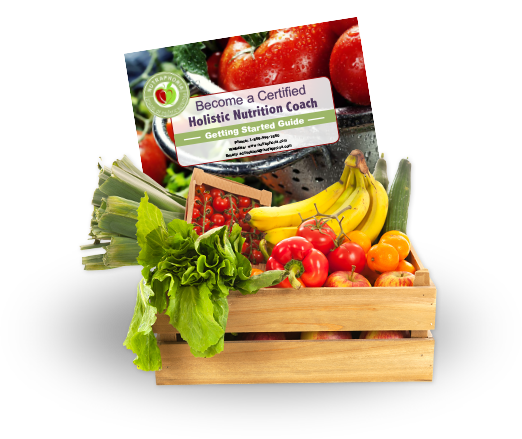February 28, 2017
Tea
Simple, right?
With status as one of the most widely consumed beverages in the world over many centuries; is tea just a beverage?
Or is it a currency, beauty aid, antioxidant, cooking ingredient, digestive aid, weight management tool, energy enhancer or immune system booster?
It’s all of the above… and more!
All tea  types – black, green, white and oolong – come from the white-flowering evergreen shrub Camellia sinensis. What differentiates these varieties is the maturity and the processing of the leaves. Green and white tea are the young leaves that undergo the least processing and are steamed quickly after harvest. Black and oolong types are the more mature leaves that are dried and fermented producing a darker more deep flavor.
types – black, green, white and oolong – come from the white-flowering evergreen shrub Camellia sinensis. What differentiates these varieties is the maturity and the processing of the leaves. Green and white tea are the young leaves that undergo the least processing and are steamed quickly after harvest. Black and oolong types are the more mature leaves that are dried and fermented producing a darker more deep flavor.
Since the first cup of tea was thought to be consumed in the Yunnan province  during the Shang Dynasty (1500 BC – 1046 BC), tea has enjoyed a lavish history. Prior to the Ming Dynasty (1368 BC –1644 BC), tea bricks were first used as currency in China before being used by colonies all over the world at some point in their history.
during the Shang Dynasty (1500 BC – 1046 BC), tea has enjoyed a lavish history. Prior to the Ming Dynasty (1368 BC –1644 BC), tea bricks were first used as currency in China before being used by colonies all over the world at some point in their history.
Tea is known to be rich in antioxidant polyphenols. And as with all foods however, less processing equates to higher levels of polyphenol antioxidants. These powerful immune supporters and the anti-inflammatory properties of these polyphenols can help bring relief to sun burnt skin while the caffeine in the leaves reduce blood vessels when topically applied. A green tea scrub can improve skin’s moisture retention and defend against the suns damage while keeping skin looking young and healthy.
Green tea extract has been used as a weight management tool when the antioxidant ECCG (Epigallocatechin gallate) boosts the metabolism and burns up to 50 extra calories per day. This same substance has been shown to block interleukin-1, a pro-inflammatory cell that damages cartilage and causes arthritis.
ECCG (Epigallocatechin gallate) boosts the metabolism and burns up to 50 extra calories per day. This same substance has been shown to block interleukin-1, a pro-inflammatory cell that damages cartilage and causes arthritis.
 The caffeine in black teas provide a safe steady energy boost unlike the abrupt spike and crash experienced by the caffeine in coffee. L-theanine works with your neurotransmitters to produce a calming effect which can in turn reduce blood pressure.
The caffeine in black teas provide a safe steady energy boost unlike the abrupt spike and crash experienced by the caffeine in coffee. L-theanine works with your neurotransmitters to produce a calming effect which can in turn reduce blood pressure.
As a digestive aid, the anti-inflammatory properties of tea calm the production of the enzymes amylase and lipase which may reduce symptoms of certain digestive conditions associated with inflammation or discomfort.
Next time you find yourself in the kitchen looking for a taste twist, try Earl Grey tea. Toss ground leaves along with the oil and salt used to coat sweet potatoes before they become yummy fries! Add grinds to the crust portion of lemon squares for a subtle taste sensation. Herbal teas can be ground and added to an unlimited variety of dishes as flavor enhancers. Add apple flavored teas to cakes, blueberry teas to scones or ginger teas to salsa.
With the popularity and availability of many styles and flavors of tea there is truly something for everyone and for whatever ails you! Thanks to a flavorful history we are still enjoying the benefits of tea today!
![]()

